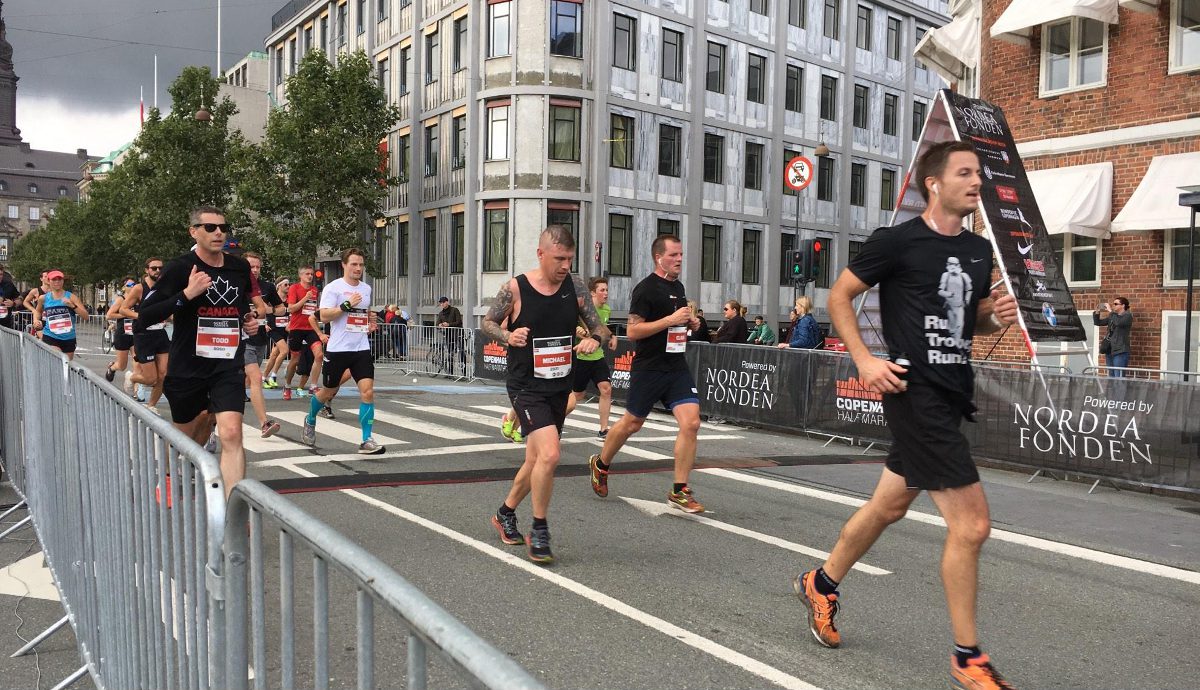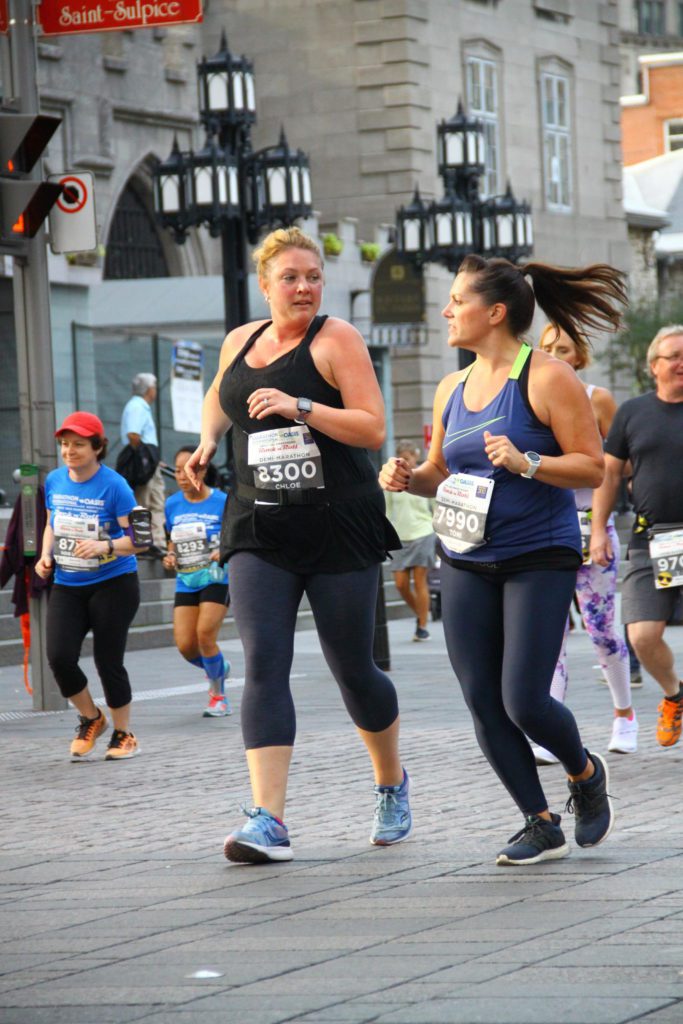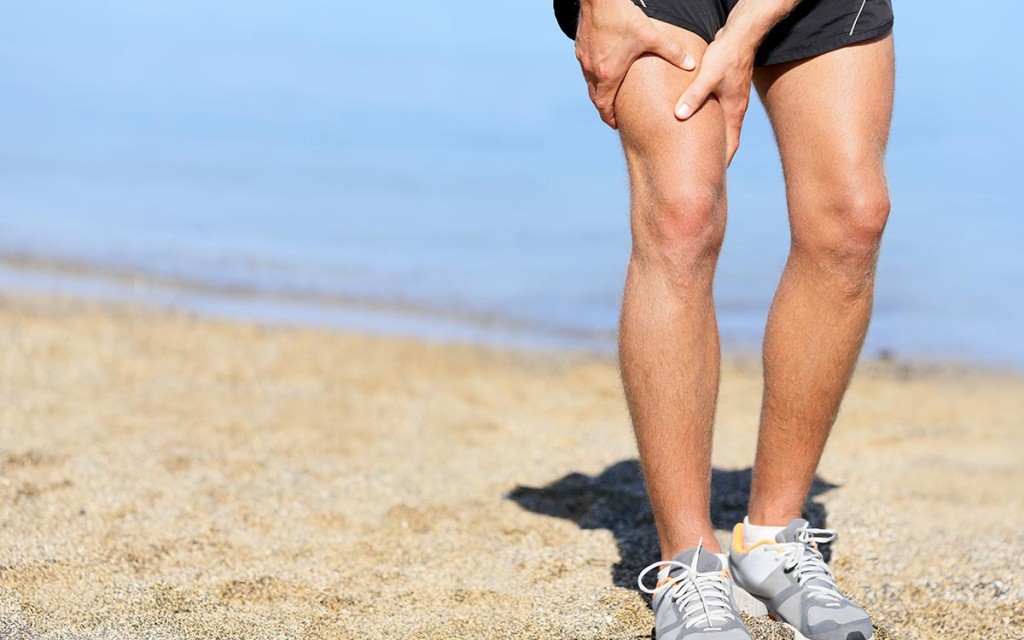How many days should you take off after a half-marathon?
The amount of time can vary between runners, but at least one or two days off exercise is recommended

Now that you’ve finished a half-marathon, the recovery process begins, but how much time should you take off before resuming running? The half is a strenuous distance, as you’re pushing your body’s aerobic boundaries for an hour or two, so it’s important to give your body adequate time to recover to prevent injury.

The exact amount of time for how long you should rest after a half-marathon will vary from one runner to the next.
Some runners are tempted to return to running after a day or two. Others take advantage of the recovery period and let it drag on for several weeks. It’s common for runners to find that they can’t walk well after a half, and are eager to give their bodies a break. For more experienced distance runners, soreness can be minimal, and the excitement from their race has them ready to get back to training.
If you just finished your first half-marathon, the general rule of thumb is to take one day off from running for each mile run. In this case, take around 13 days of rest before returning to easy runs. Experienced half-marathoners may find their bodies will bounce back quicker than those competing their first; take two days off and assess things day-by-day.
Besides at least giving your body a few days, there is no right answer. It depends on a variety of factors: your experience, preparation/previous training and fitness level, your finish time and how you felt on race day. The best way to determine how much recovery you need is to see how your body feels the morning after. Go for a walk around the block and see if there are any DOMS or discomfort. (Many people find the soreness is worse two days after the race than the next day.)

Taking days off does not mean you have to halt all exercise–it’s more of a break from high-intensity training. Rest days can include easy swimming, biking, walking or hiking, and even lifting weights at the gym at low intensity.
The reason easy exercise is encouraged during recovery is that it helps bring essential nutrients and oxygen to your soft tissues (muscles, tendons and ligaments) and blood flow to repair the body. Low-intensity exercise like the elliptical or spin bike will not put too much stress on sore muscles.


